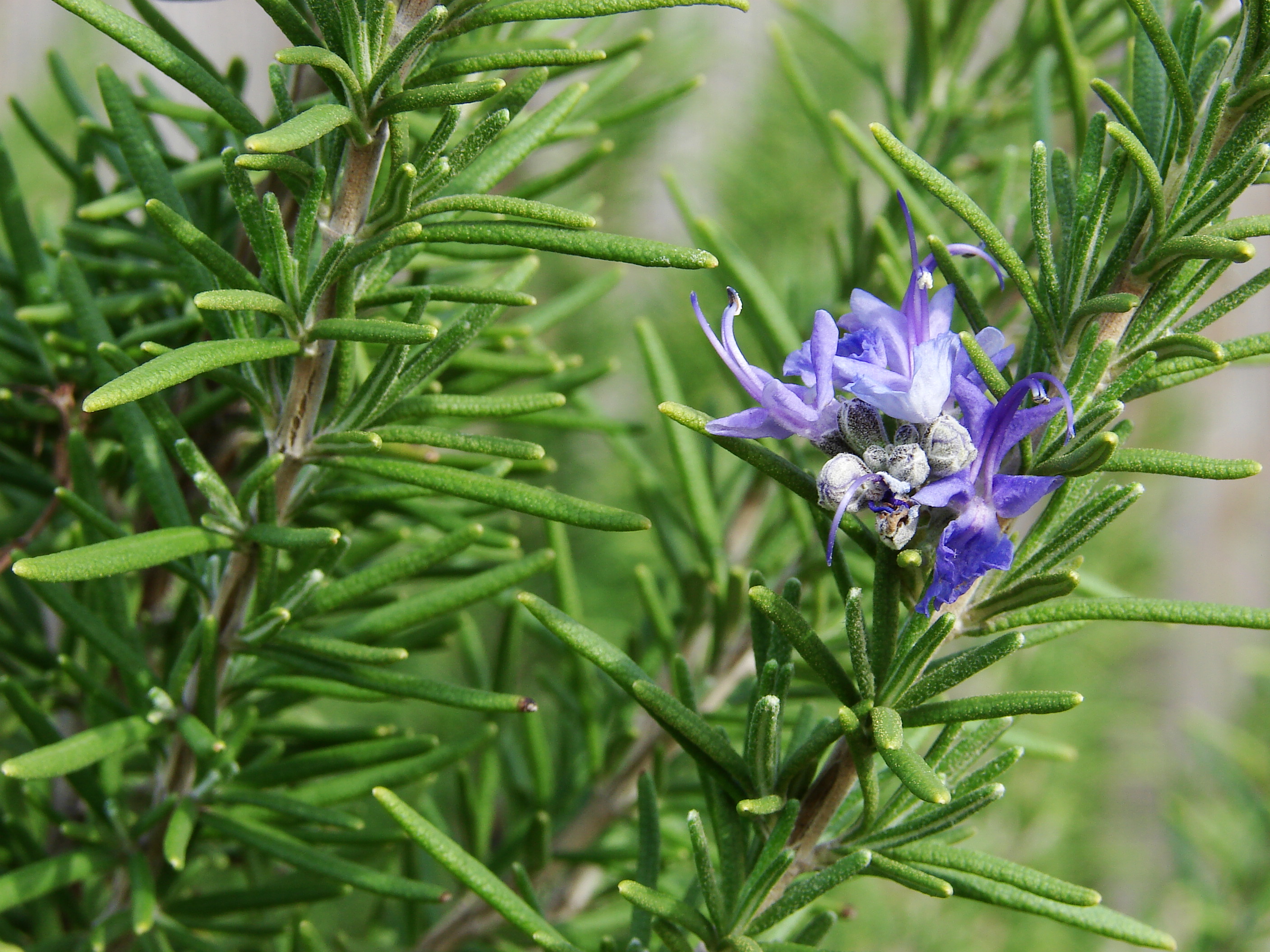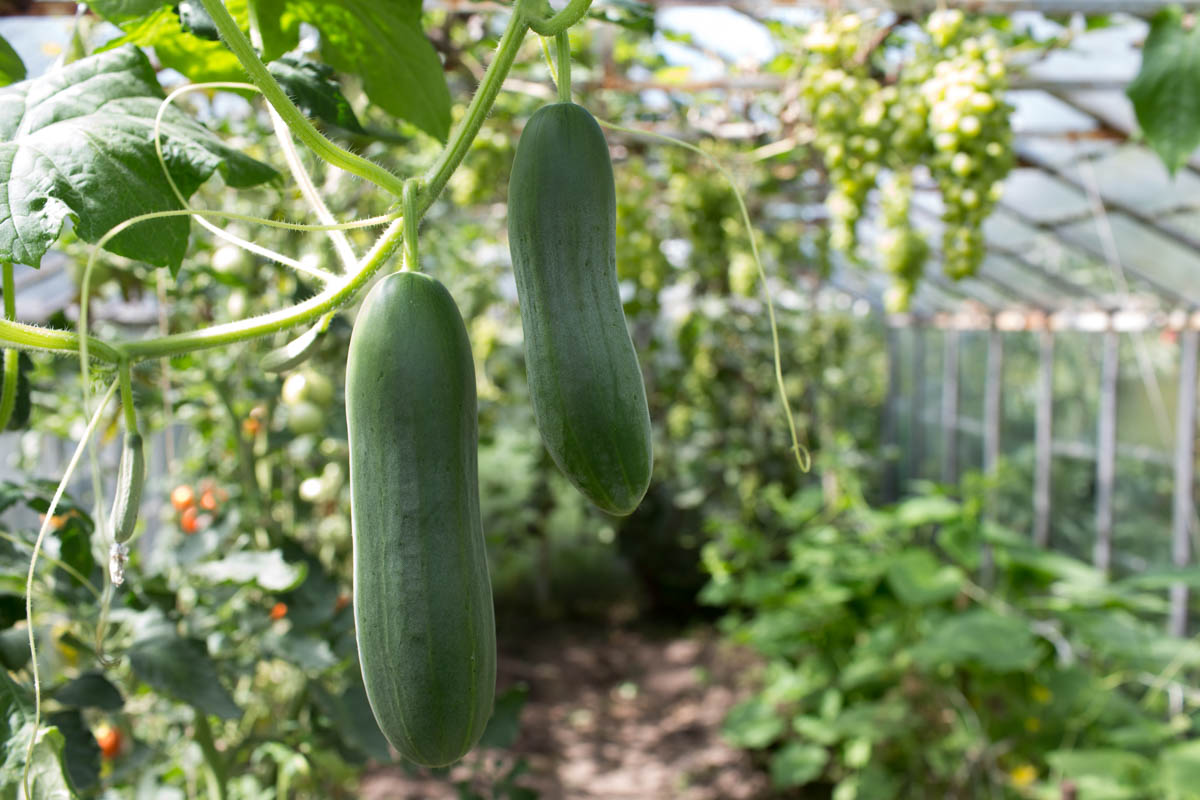Rosmarinus officinalis, commonly known as rosemary, is a bushy and evergreen shrub in the Lamiaceae family. It is cultivated for its leaves, which are used as a spice. The rosemary plant usually grows upright and has branches and a woody stem with leaves bundles. The leaves are opposite to each other and are usually glossy green. When developed, the plant produces clusters of blue, purple, or pink flowers. Rosemary plants can grow up to 2 m tall and be productive for many years (up to 30 years if conditions are favourable for their growth). Rosemary originated from the Mediterranean region. A little rosemary goes a long way to season your favourite meals and snacks as it has a strong flavour. Let’s discover the different uses of rosemary…

Rosemary flower.
Some of the most popular culinary uses of rosemary include:
In Salads.
One of the easiest ways to preserve rosemary flavours is by making a simple vinegar or oil infusion. You can make a dressing with oregano, rosemary, and marjoram vinegar; it is perfect for salad dressings, marinades, and other recipes requiring vinegar.
Likewise, a simple rosemary olive oil can be used for all these recipes and more, including a healthy drizzle over cooked vegetables or a dipping sauce for crusty bread.
Store-bought Rosemary oil can help to soothe headaches and muscle pain. Best of all, you don’t need any specialized equipment!
Flavoured Butter
If you’re looking for flavoured butter to spice up cooked meats and vegetables, pasta, potatoes, or even bread, you can use your homegrown rosemary. Mix with one or two garlic cloves and toss in your butter.
Honey
Add five sprigs of rosemary (each about 5 cm long) to 1 cup of honey in a small saucepan. Simmer for about 5 minutes. Remove from heat and let infuse for about 45 minutes. Remove the rosemary sprigs and pour the honey into a small container. Drizzle on toast, over goat cheese or brie, or use to sweetened tea or coffee.
For Your Drinks
It is summer and you need a refreshing drink; I guess you never thought about rosemary in your drinks. Bring some sugar and water to boil, remove from heat, proceed to add your rosemary and let it infuse for a minimum of 30 minutes. Add your juice; I suggest lemon or lime, then add your cold water. This is a very refreshing drink you should absolutely try during summer.
General cooking

There are countless ways to use fresh rosemary in the kitchen – from quiches and stir-fries to stews and roasts; you have a lot of choices. Experiment with your rosemary harvest and discover how versatile this sharp herb really is!
Boosts Hair Growth
The use of rosemary oil for hair has many benefits. It is said to have antioxidant and anti-inflammatory properties that improve blood circulation, counteract hair loss and much more. It is also known to help with dandruff and itchy scalp.
Health Benefits
Rosemary relieves bloating and abdominal pain due to its antispasmodic effect on the intestines and stomach. Rosemary also has diuretic properties, and it promotes the excretion of water through the kidneys, stimulating urine output. Rosemary not only stimulates the digestive system but also acts on the nervous system. Thus, a rosemary cure is often recommended for fatigue, overwork, nervousness, hypotension.
Thanks to its pleasant taste and smell, rosemary is usually drunk as an infusion (two grams of dried rosemary leaves to 150 ml of boiling water). There is an extensive range of rosemary products available on the market right now, as there is extensive hype around the not-so-new aromatic plant.
Rosemary has a lot of benefits. Let us know in the comments how you like to use your fresh rosemary…



